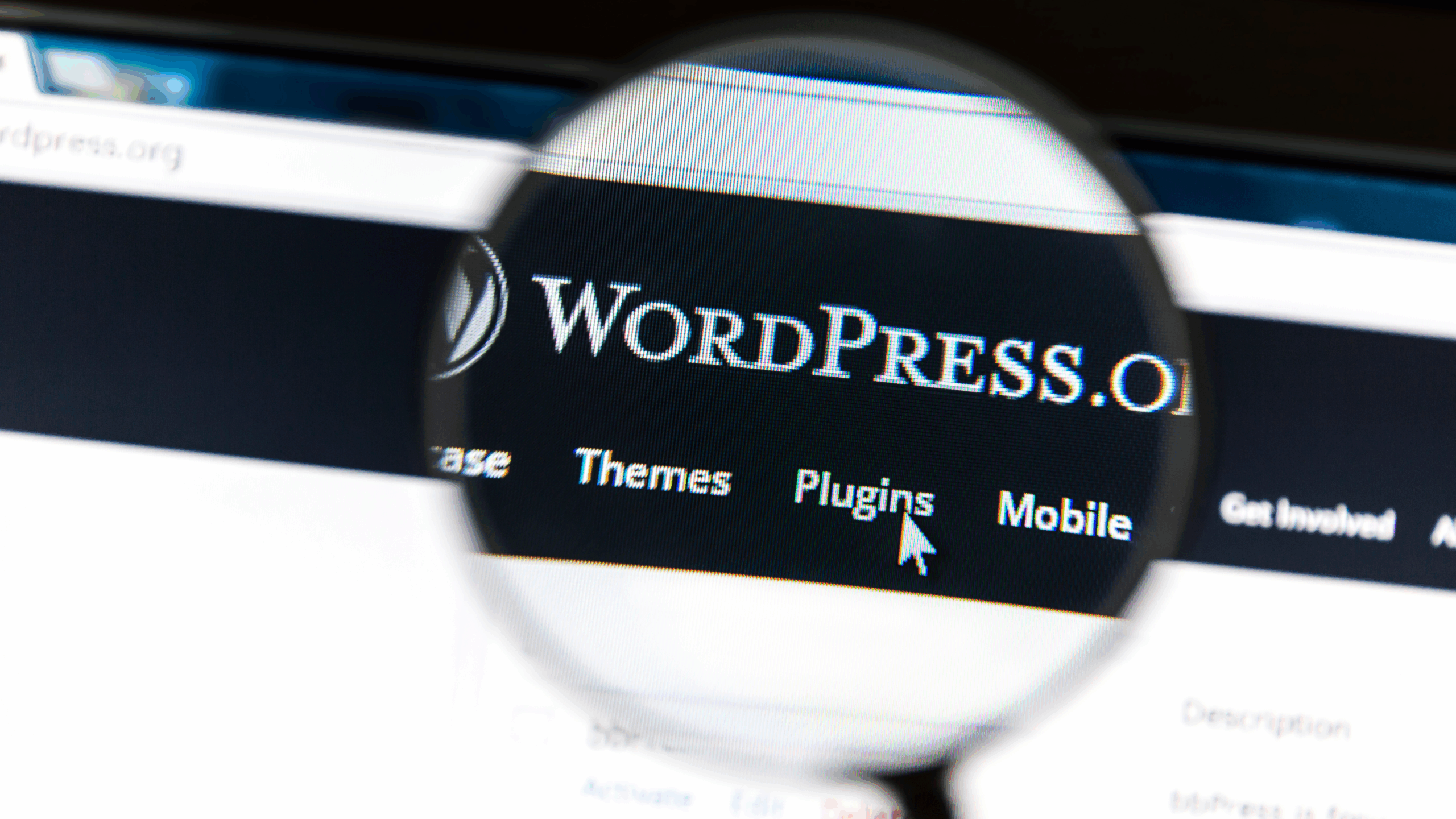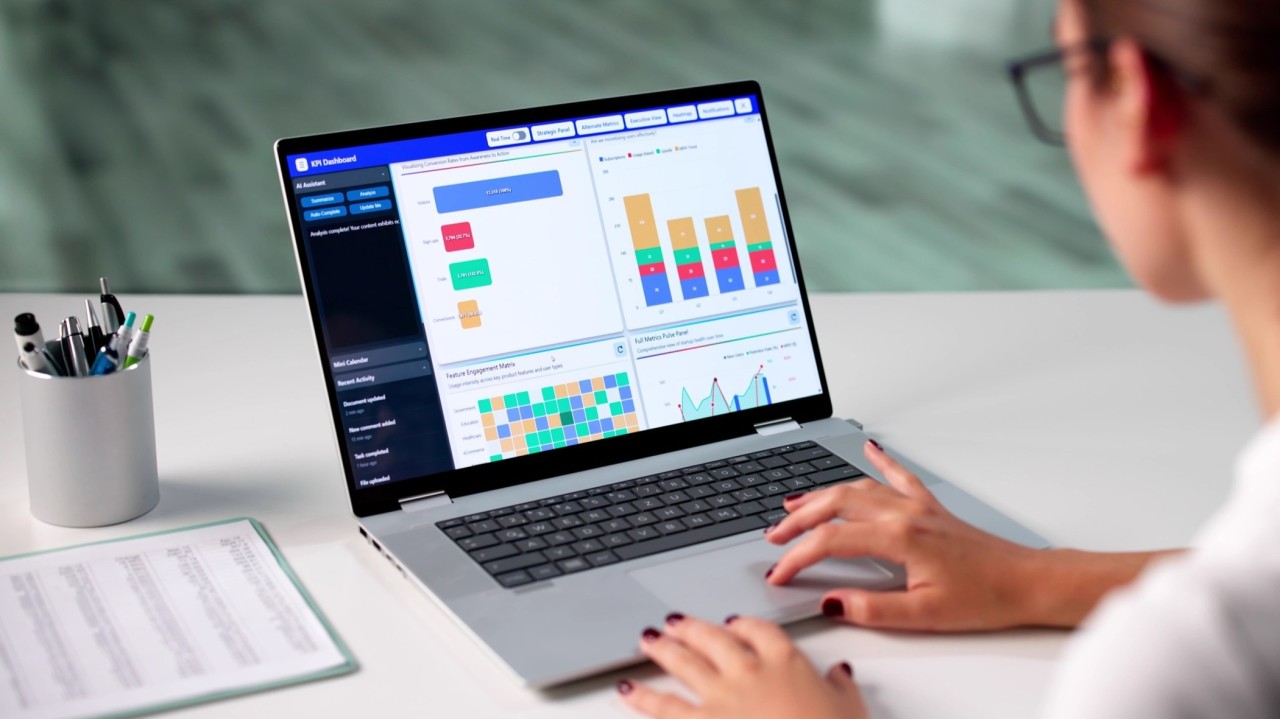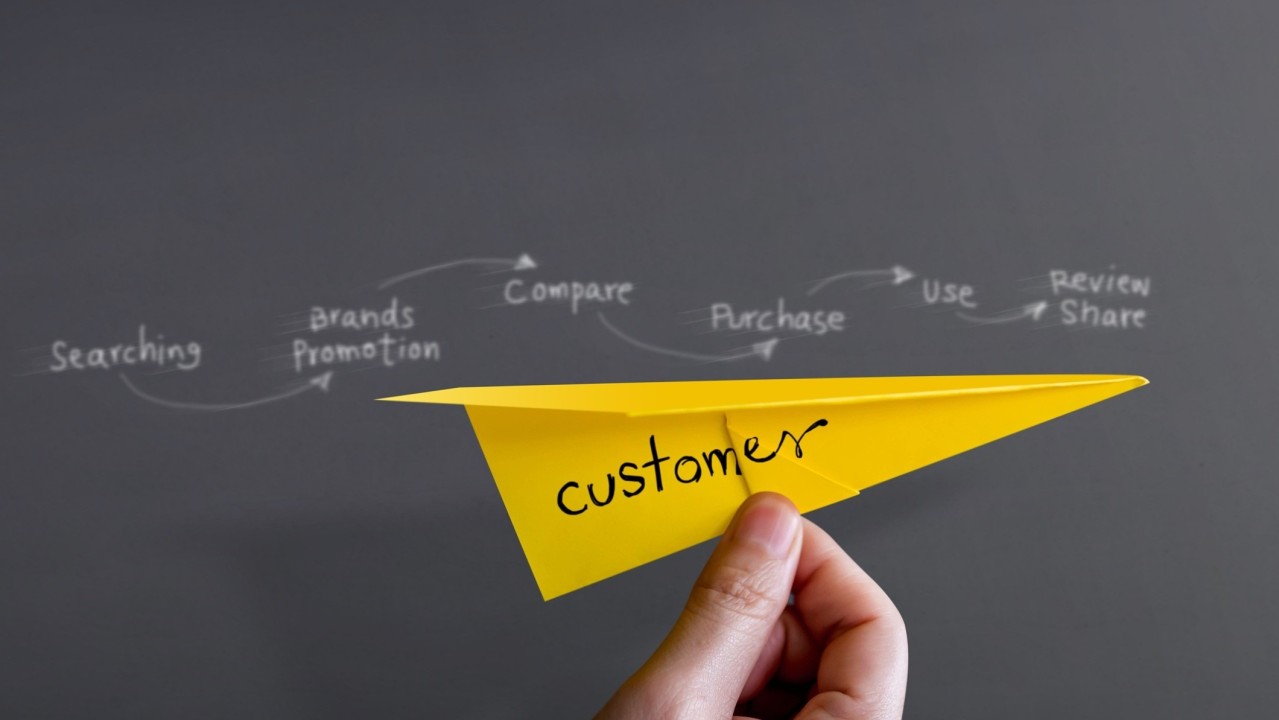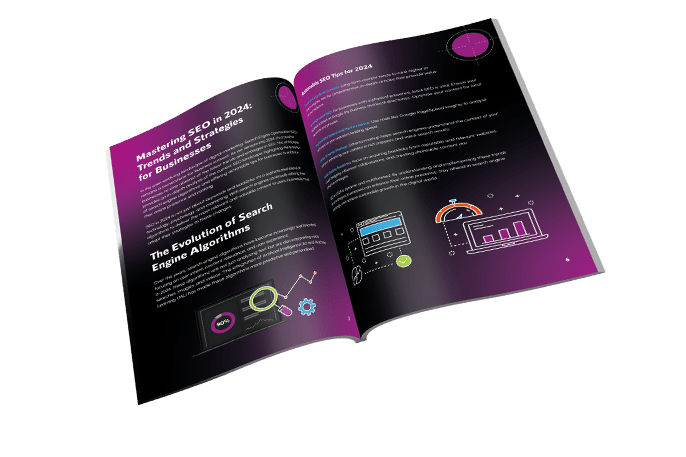News
Breaking Boundaries: Dynamic Layouts and Fluid Interfaces in 2025
As we venture deeper into the 21st century, digital marketing continues to evolve at an astonishing pace. What began with simple static web pages and rigid marketing strategies has transformed into a dynamic, user-centric experience. In 2025, digital marketing will be increasingly defined by fluid interfaces and dynamic layouts that push the boundaries of user experience (UX) design. As businesses strive to capture the attention of increasingly tech-savvy consumers, embracing innovative web design principles has never been more critical.
Dynamic layouts and fluid interfaces aren’t just buzzwords for designers—they are pivotal to how brands communicate, engage, and build relationships with their audiences. By seamlessly blending creative design with advanced technology, businesses can offer an experience that’s more interactive, intuitive, and compelling than ever before.
In this article, we will explore the key trends that are shaping dynamic layouts and fluid interfaces, their impact on digital marketing strategies, and how businesses can leverage them to drive growth and brand loyalty.
The Evolution of Web Design in Digital Marketing
Digital marketing’s foundations lie in web design. For years, static websites were the norm, with basic HTML and simple navigation structures dictating how businesses presented themselves online. The emergence of more advanced technologies such as CSS (Cascading Style Sheets) and JavaScript brought about the possibility of more interactive elements on websites, but the shift to fully dynamic layouts didn’t occur overnight.
Websites gradually began to evolve from flat, text-heavy pages to engaging, multimedia-rich experiences. However, it wasn’t until the rise of mobile devices and responsive design that the true potential of dynamic layouts and fluid interfaces began to shine. In 2025, these concepts will be taken to new heights as brands create websites and applications that adapt to a wide range of devices, screen sizes, and user interactions.
1. Dynamic Layouts: A New Era of Flexibility
Dynamic layouts are the hallmark of modern web design. Unlike traditional static pages, dynamic layouts are designed to adapt to the content being displayed and the user’s preferences. This is particularly important in the context of digital marketing, where every element—from product images and videos to call-to-action buttons—must be strategically placed to optimise conversions.
The power of dynamic layouts lies in their flexibility. They allow content to be rearranged or updated based on real-time data, making the user experience far more personalised. For example, a user who has recently interacted with a certain product might be shown related items in a dynamic grid layout, while another user might be presented with a completely different selection based on their browsing behaviour. This level of customisation creates a more engaging and relevant experience, which can significantly boost conversion rates.
Dynamic layouts also provide a unique opportunity to improve the aesthetic appeal of websites. Rather than being bound by a fixed grid structure, dynamic design allows marketers to be more experimental with typography, images, and overall composition. This creates a visually stimulating experience that encourages users to interact with the content, further driving engagement.
2. Fluid Interfaces: Enhancing User Interactivity
Fluid interfaces take dynamic layouts a step further by enabling interfaces to adjust in real-time based on the user’s input. Fluidity in this context refers to the seamless transition of elements on a website or app, where content moves or transforms in response to user actions such as scrolling, clicking, or hovering. This fluidity provides users with an intuitive, natural experience, making navigation more interactive and less jarring.
Fluid interfaces are particularly important in mobile-first design, where the range of devices and screen sizes complicates the layout process. A fluid interface ensures that a website or app adapts to the user’s device while maintaining a consistent experience. For instance, as a user scrolls down a webpage, images, text, and buttons may shift and resize according to the available screen space. This creates an immersive experience that keeps users engaged for longer periods, which is essential for capturing and retaining customer attention.
Furthermore, fluid interfaces can contribute to greater accessibility. By adjusting the layout based on user preferences or needs, brands can make their websites more inclusive. Features such as text resizing, high-contrast modes, and alternative navigation options can make websites more user-friendly for individuals with disabilities, thus enhancing the overall user experience and broadening the brand’s reach.
The Role of Fluid Interfaces and Dynamic Layouts in Digital Marketing
In 2025, digital marketing will increasingly rely on dynamic layouts and fluid interfaces to drive success. Marketers are always on the lookout for ways to stand out in a crowded digital space, and these design techniques provide the perfect solution. They allow brands to deliver more engaging, personalised, and responsive experiences that not only attract users but also convert them into loyal customers.
1. Personalisation: Tailoring Content to the User
Personalisation is a key element in modern digital marketing, and dynamic layouts are integral to achieving this. By using data collected from users—such as their browsing history, preferences, and demographic information—brands can create highly targeted experiences. Dynamic layouts allow businesses to present personalised content that aligns with a user’s interests, significantly improving the chances of conversion.
A dynamic website layout can adapt based on the time of day, geographic location, or even the weather. For example, an online clothing retailer might show different product categories based on the season or current fashion trends, ensuring that the content is relevant to the user at any given time. By presenting users with content that resonates with their needs, brands can build stronger connections and drive higher engagement rates.
2. Mobile Optimisation: Meeting the Demands of a Mobile-First World
With mobile devices accounting for over 50% of global website traffic in 2023 (source: Statista), mobile optimisation is no longer optional—it’s essential. Fluid interfaces, in particular, enable businesses to create responsive mobile experiences that adjust seamlessly to different screen sizes and orientations. This is crucial in maintaining a positive user experience across various devices.
A fluid interface ensures that content adapts smoothly to smaller screens without compromising the design or functionality of the website. Whether a user is browsing a product on a smartphone, tablet, or laptop, they will encounter a consistent and intuitive interface that guides them through the purchasing process. This level of optimisation not only increases the likelihood of conversion but also improves user satisfaction and brand perception.
3. Engagement and Interactivity: Creating an Immersive Experience
Dynamic layouts and fluid interfaces go beyond aesthetics—they play a significant role in driving user engagement. Interactive elements such as hover effects, animations, and scrolling behaviours can encourage users to interact with the content in ways that are both enjoyable and informative. These interactive experiences create a deeper connection between users and brands, fostering brand loyalty and trust.
Incorporating dynamic elements such as personalised product recommendations, live chat options, and interactive quizzes or surveys can help businesses capture valuable customer data. This data, when used effectively, can be employed to optimise marketing campaigns and drive more precise targeting.
4. Optimising Conversion Paths
The ultimate goal of digital marketing is conversion, whether it’s purchasing a product, signing up for a newsletter, or engaging with content. Dynamic layouts and fluid interfaces can significantly enhance conversion paths by streamlining the user journey and removing friction points. This is achieved through intuitive navigation, smooth transitions between pages, and strategically placed call-to-action buttons that guide users toward desired actions.
For instance, a fluid layout might feature sticky navigation bars or buttons that follow the user as they scroll, making it easier for them to access important information or take action at any point during their visit. These subtle design elements reduce the chances of users abandoning the site mid-journey, increasing the overall conversion rate.
Challenges and Considerations
While dynamic layouts and fluid interfaces offer immense potential, they also present certain challenges that businesses must address. One of the main concerns is performance. Websites that rely heavily on dynamic content and animations can sometimes become slow, which can negatively impact user experience and SEO performance. Marketers and developers must strike a balance between visual appeal and performance to ensure that websites load quickly and efficiently.
Additionally, implementing fluid interfaces and dynamic layouts requires advanced web development skills and the use of cutting-edge technologies. This can increase the costs and time associated with website development, which may be a barrier for smaller businesses or startups.
Finally, while dynamic layouts and fluid interfaces are highly engaging, it’s crucial to ensure that they are accessible to all users, including those with disabilities. Websites must be designed with inclusivity in mind, ensuring that all users can navigate and interact with the content easily.
Looking Ahead: The Future of Digital Marketing Design
As we look to the future, the integration of artificial intelligence (AI) and machine learning (ML) will only enhance the capabilities of dynamic layouts and fluid interfaces. AI-powered algorithms can predict user behaviour, enabling brands to create even more personalised experiences in real-time. Additionally, the use of voice interfaces and augmented reality (AR) will continue to shape the way users interact with digital content.
In 2025, businesses that embrace these emerging technologies, combined with dynamic design principles, will have a distinct advantage in the competitive digital marketing landscape. By breaking boundaries and adopting innovative web design techniques, brands can provide their customers with an unparalleled online experience—one that not only meets their needs but exceeds their expectations.
Conclusion
Dynamic layouts and fluid interfaces are reshaping the landscape of digital marketing in 2025. By embracing these innovative design techniques, brands can deliver more engaging, personalised, and interactive experiences that drive user engagement and conversions. As businesses continue to navigate the ever-changing digital world, the ability to adapt to new design trends and technologies will be crucial for success. With dynamic layouts and fluid interfaces leading the way, the future of digital marketing is bright, immersive, and full of endless possibilities.
















The Ultimate Social Media Guide
With the ever-growing power of social media, we use the latest techniques, video, and animation software to craft eye-catching social media assets that make your brand pop. Our designers, wielding Adobe Creative tools, create distinctive animations and graphics to illuminate your brand story and highlight your products or services. Want a unique design? No problem – we also offer bespoke designs to match your brand aesthetic.